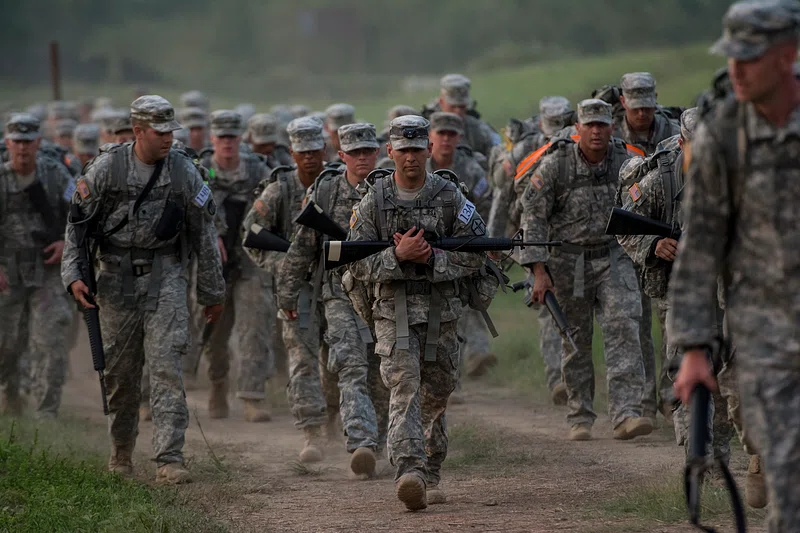
What does it mean when a country’s biggest fight is not only on the battlefield, but in the minds and hearts of citizens? Ukraine’s struggle against Russia is increasingly clouded by an escalating manpower crisis one defined as much by fear, exhaustion, and shattered trust as by casualties on the battlefield. To understand this moment is to look past the metrics to the human, psychological, and institutional forces at work, and to the possibilities of resilience being reconstituted.
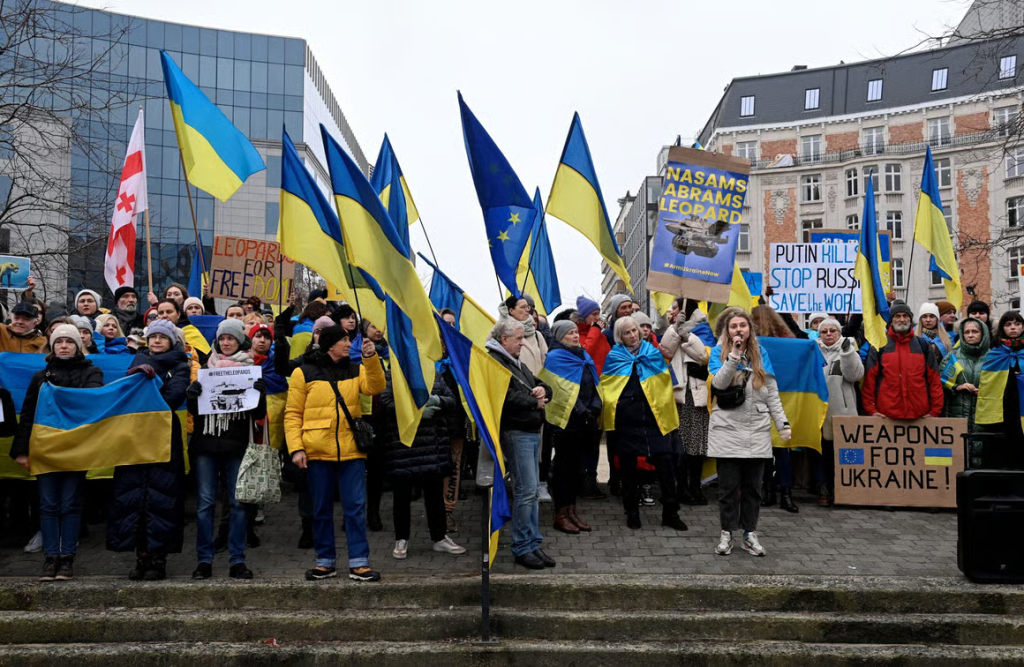
1. The Reluctance to Serve
Eighteen months into the grinding war, reluctance to enlist or to continue serving has reached a critical point. Men such as Pavlo, a 35 year old first time father in Kyiv, confess, “Probably because I am afraid.” Frightened to die or, worse still, go mad and be a burden to my family. The same fear resonates throughout a society in which some 650,000 men of fighting age have fled, and others hide or bribe their way out of service. The psychological burden is heavy: fear of death, capture, or mental breakdown often trumps patriotic urge.
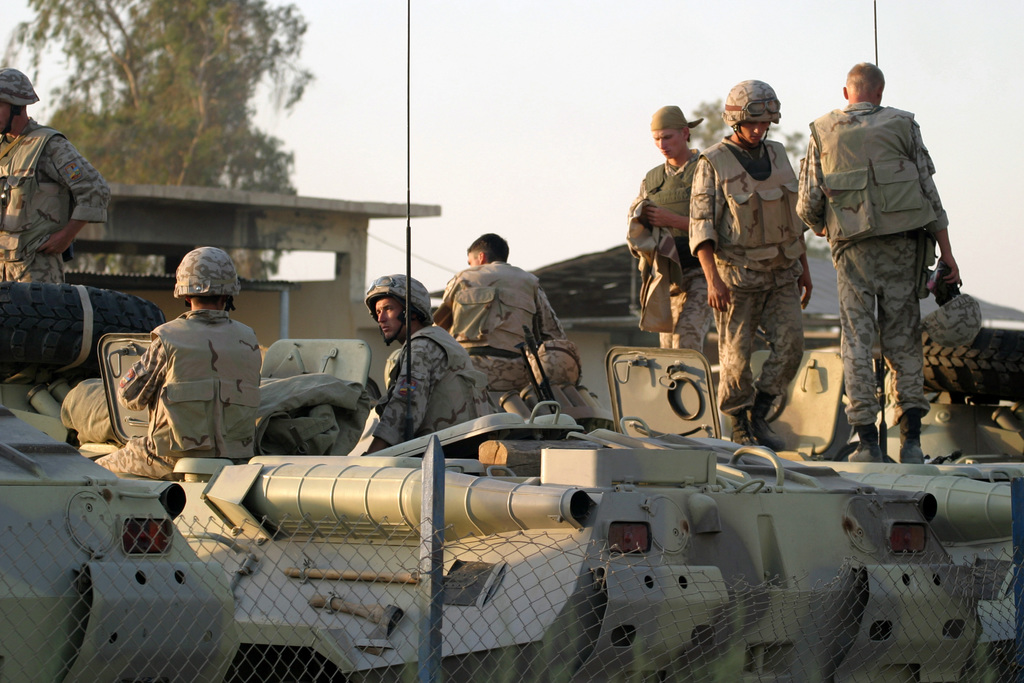
2. A War of Two Realities
Ukraine increasingly is divided. In the cities of Lviv or Kyiv, the world can seem nearly as normal as ever cafes bustling, theatres open while on the front lines, troops face constant shelling and heavy losses. This disparity breeds resentment in those on the front lines and reinforces the perception of disconnection in those evading military service. As a front line soldier said, “If I give up now, I wouldn’t feel like a man… I would feel that I’m disappointing my team and my family.”
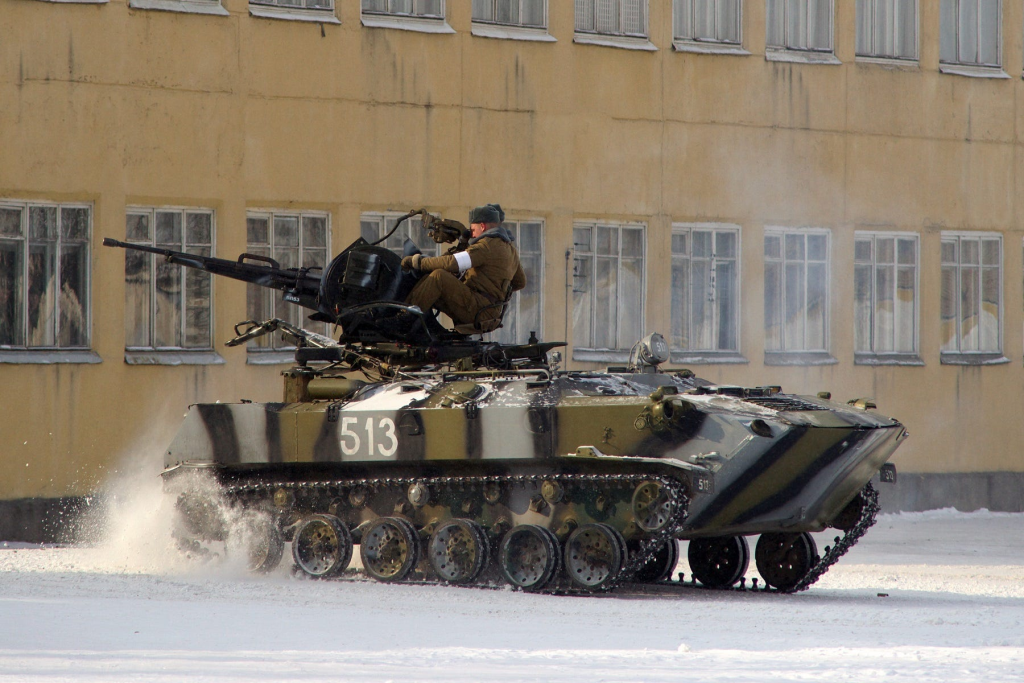
3. The Vicious Cycle of Low Morale
Military observers alert to the danger of a feedback loop: shrinking ranks compel commanders to take troops from other units to convert to infantry, assigning specialists such as radar operators to high casualty positions. This increases the temptation for draft dodging. Estimates of around 400 soldiers deserting each day are unofficial but not unheard of. As Konrad Muzyka comments, “When you are losing and there is a manpower shortage… your willingness to join up is far smaller than in 2022.”
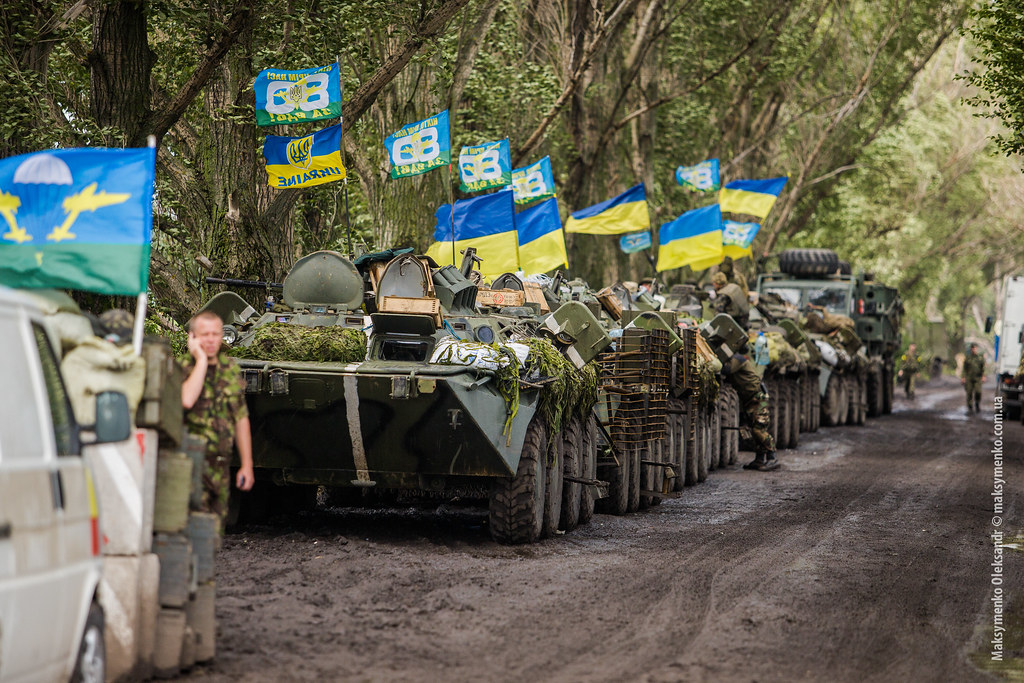
4. Organisational Failures in Mobilisation
Initial dependence on volunteers hid underlying weaknesses. By the end of 2023, mobilisation came to a rapid halt. Despite reducing the draft age from 27 to 25, Ukraine found it impossible to maintain numbers, signing up 17,000–24,000 a month far from the 300,000 required to bring brigades up to full strength. Corruption in recruitment centres, disorganised conscription procedures, and variable sanctions for draft dodging have undermined public confidence.
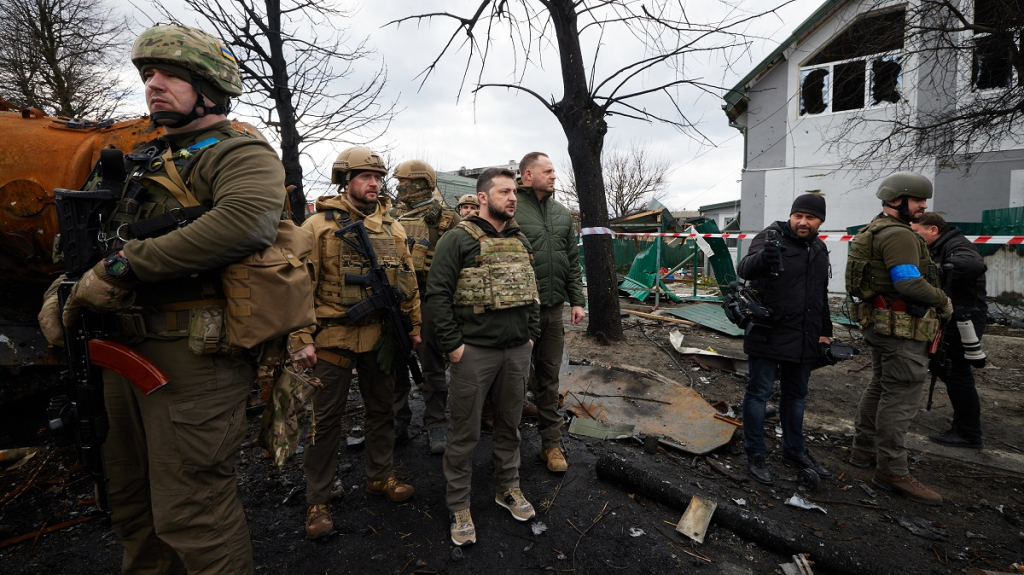
5. The Psychological Cost
The psychological toll of the war is deep. According to a national survey, by mid 2022, helpless feelings had almost tripled and suicide thoughts doubled, particularly in areas with high war destruction. Soldiers and civilians both have high rates of PTSD, with researchers detecting biological markers associated with trauma. Chronic exposure to violence, loss, and uncertainty fuels not just mental suffering but also the unwillingness to serve.

6. Historical Echoes of Morale Collapse
History shows that in prolonged conflicts, morale can erode faster than material. From World War I’s mutinies to the Soviet Afghan war’s desertions, exhaustion and disillusionment have often proved decisive. In Ukraine’s case, the combination of high casualties, unclear rotation schedules, and perceived inequities in service mirrors these patterns making morale as strategic a resource as ammunition.
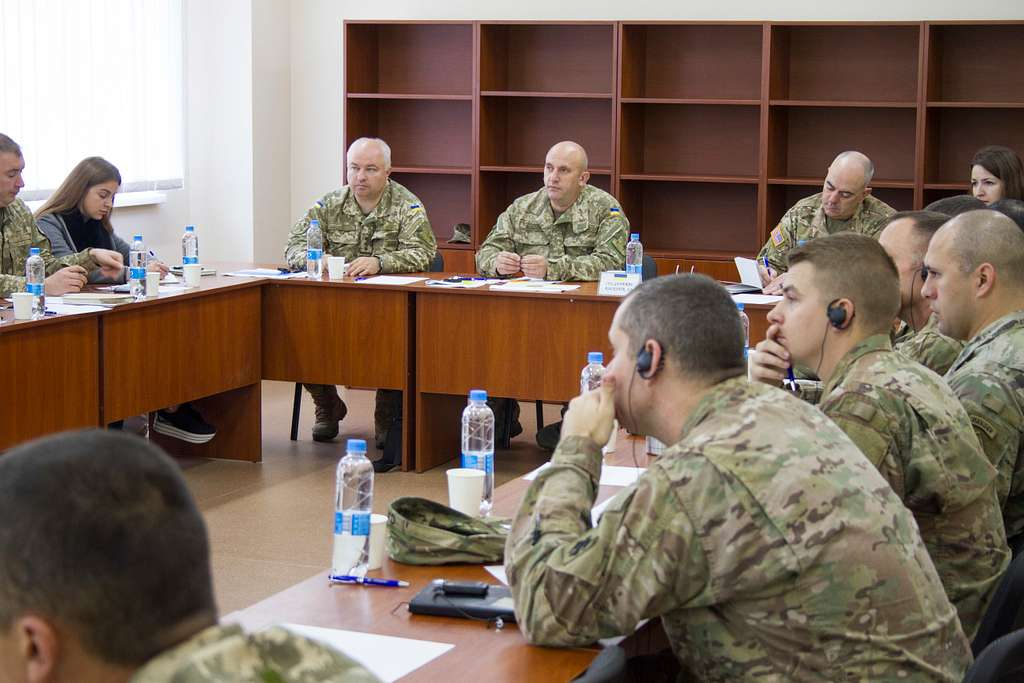
7. Attempts to Reverse the Trend
Some initiatives are succeeding. New recruitment centres away from infamous draft offices now enable men to volunteer for particular units, as with job applications, enhancing openness. Deserters returned to duty are not prosecuted, and most are successfully redeployed. As a commander noted, “Most have already served and seen combat They’re also more motivated. It’s easier to work with them.”
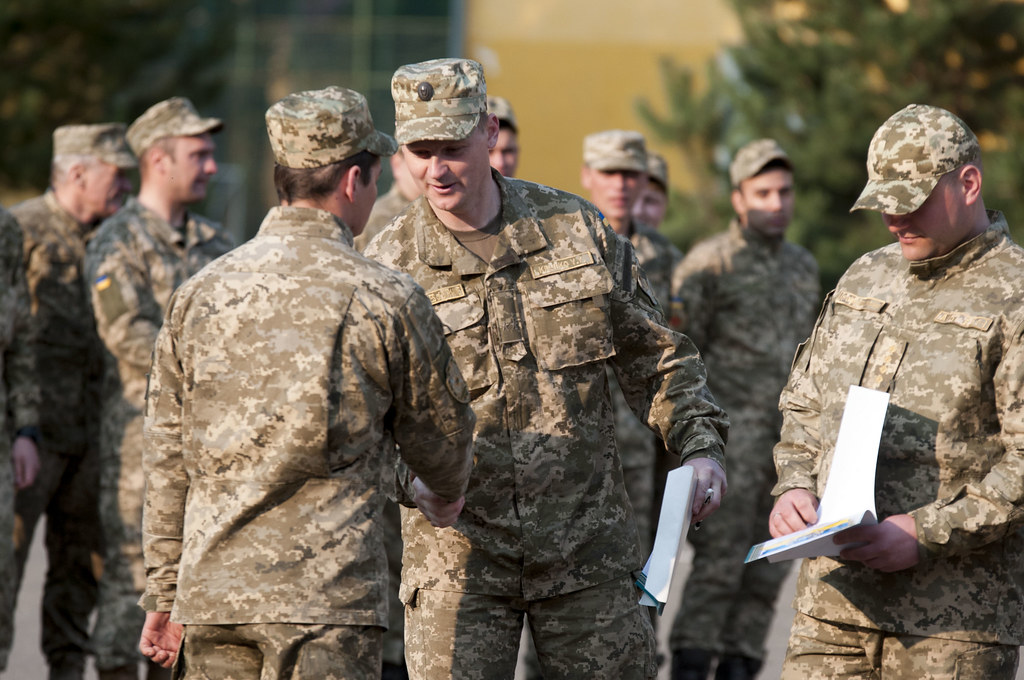
8. Paths to Rebuilding Resilience
Reforms recommended by experts extend beyond quota fulfillment:
- Plain service terms and rotation schedules to minimize burnout.
- Independent inspection to counter corruption and soldiers’ complaints.
- Improved mental health support, citing research that resilience time with loved ones, sense of community shields against war stress.
- Carefully targeted incentives that recognize front line service without dismissing veterans.
- Leadership regeneration, updating stodgy command procedures with new, merit based systems.
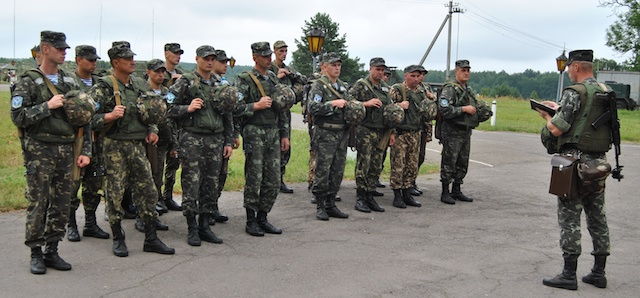
9. The Strategic Stakes
Manpower today is as important to Ukraine’s negotiating position as arms. As a knowledgeable analyst described it, the “combat capability and sustainability” of the army will determine not only the battlefield, but the peace terms if and when there is one. Short of resolving the human issues fear, trust, psychological well being the numbers won’t make the difference.
The crisis is brutal, but not inevitable. Ukraine’s test is to turn its mobilisation from one people avoid into one in which they believe where service is not a sentence, but a collective commitment worth the cost. That transformation, more than any new weapon, might determine the war’s next instalment.


